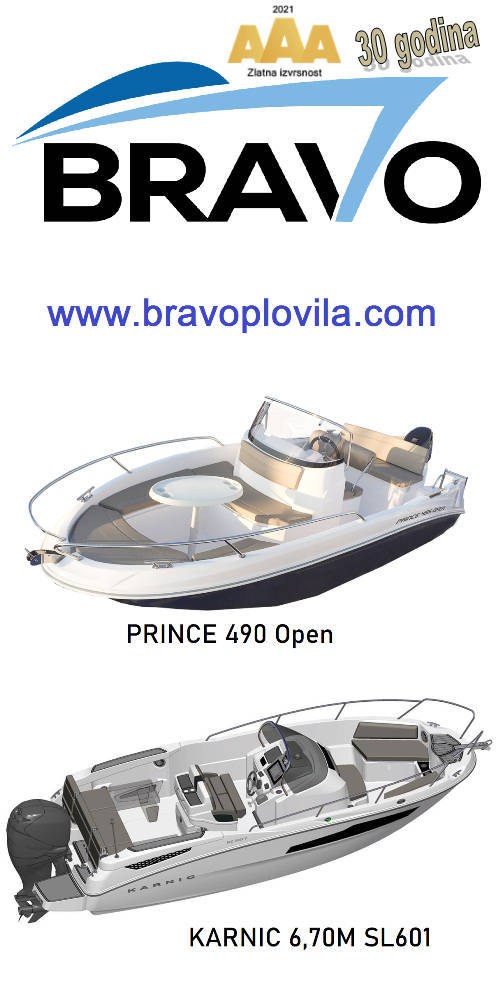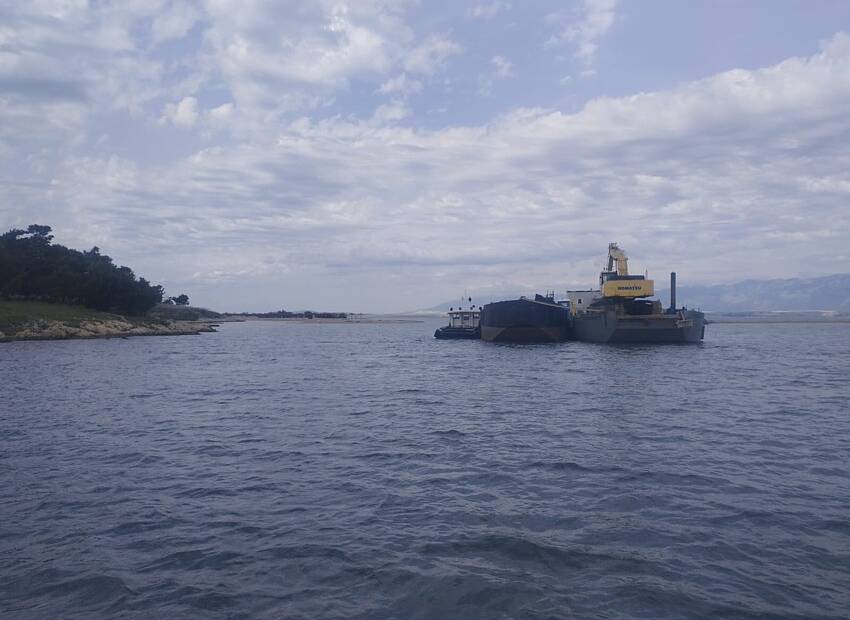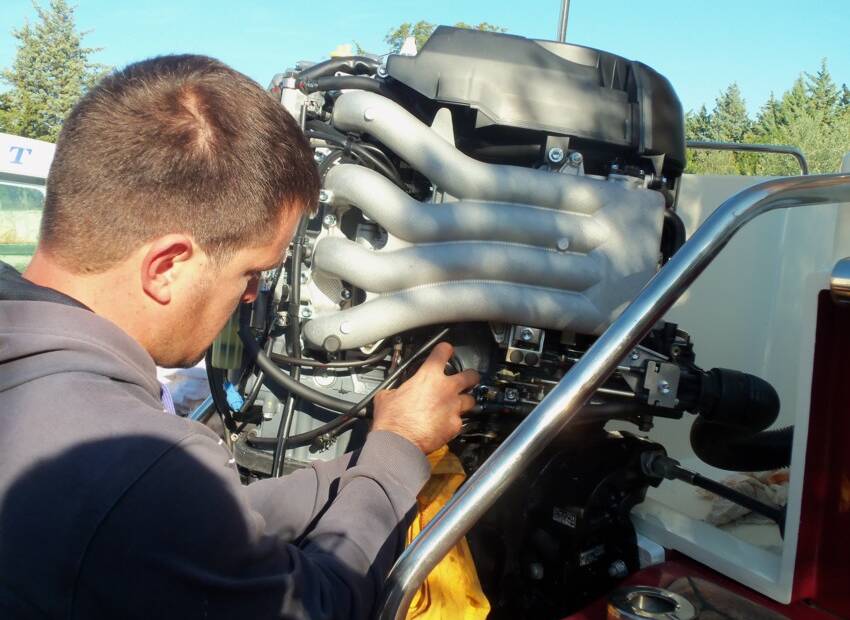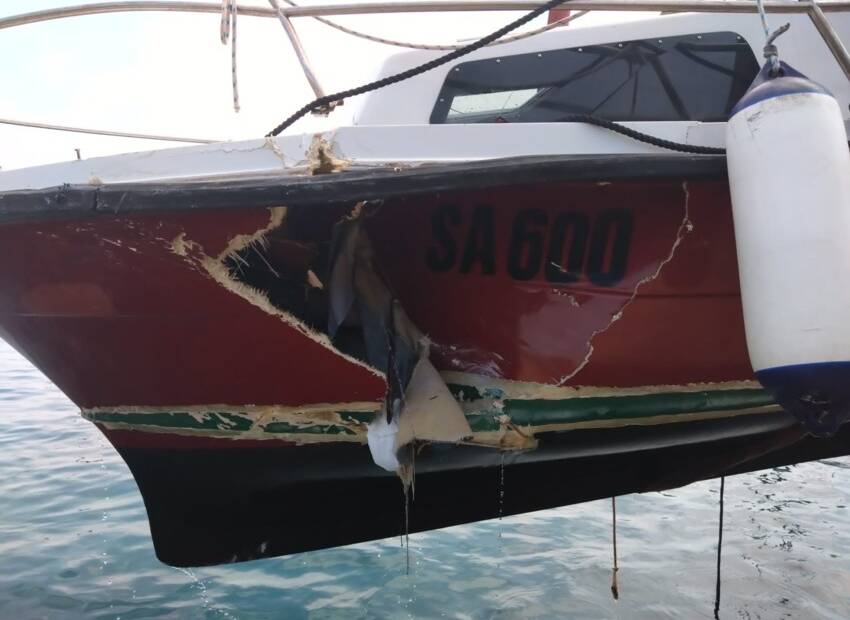Did you know that you can save thousands of dollars on your cruising sailboat by doing seven things once a year? Would you like to have more money for the cruising kitty or for the repair coffers? If you choose cruising, these once-a-year tips are for you.
1. Inspect Boat Sails and Repair.
Remove all sails and canvas, such as Biminis and dodgers from the boat. Inspect both for chafe or tears (see "Related Articles" below). Have the local sail loft do a "head to toe" inspection. Ask your sailmaker to beef up worn areas with additional chafe patches to prevent problems in the future.
2. Make this Investment on Your Small Diesel Engine.
All cruising sailboats abuse their diesel engines. We sailors just don't run them long or hard enough to make a diesel happy. Hire a top-notch mechanic once a year for one hour (or more). Have them conduct a "physical" on the beast. Ask lots of questions. You'll learn a ton of stuff--guaranteed. The money you spend for a single hour (about $80 to $90 per hour for a "best-in-the-business" mechanic) may save you big $$$s in the future. You decide; pay now--or pay later!
3. Clean and Inspect Your Boat's Bottom.
Do you sail in fresh water or salt? If you sail in salt, your bottom gets fouled after a few months dockside, at anchor or at a mooring. If you don't haulout, hire a diver to check the bottom, propeller condition and rudder. Keep them clean and barnacle free for peak performance.
4. Test Every Seacock.
If you haul the boat, you need to break down every seacock, inspect the internal parts, and grease the fitting. Use only a silicone waterproof grease to prevent damage to rubber parts. Keep them serviced so that they serve you for years to come.
5. Unstep the Sailboat Mast - Check Sailing Rigging.
If you haul the boat, unstep the mast. Otherwise, you or a rigger must go aloft to check mast tangs, spreaders, spreader boots and halyard blocks. Check all running rigging and replace if worn. Keep your mast in place and your sailing rig strong to prevent failure (also see "Related Articles below on critical mast inspections to make).
6. Check for Leaks Below Decks.
Check for leaks or weeps inside the boat. Look around ports, hatches and beneath chainplates. Use a flashlight to peer up into the area where your chainplate backing plates are located. Look for signs of moisture or rust. Do the same for Genoa track or toe-rail. Move to the V-berth or forward cabin and inspect for stains on the sides of the boat.
Open up the anchor locker. Empty the locker (see next tip) and inspect the void all around. Clean it, dry it out, and address any leaks. This will help prevent mildew damage to expensive rope rode and corrosion to thimbles and shackles.
7. Conduct an Anchor Rode Inspection.
Pull it out--pull it all out. Empty your anchor rode from the anchor locker and onto the deck or dock. Inspect every inch of the line, give it a fresh water washdown and dry it out. Salt acts like sandpaper on nylon line and wet nylon loses 15% of its strength. Dry out the anchor locker to prevent mildew.
Check and replace corroded or worn thimbles, shackles or shackle pins and mousing wire or nylon ties (used to hold pins in place). Keep your ground tackle in tip-top shape for safer sailing anywhere in the world.
~~~~~~~~~~~~~~~~~~~~
Follow these seven easy sailing tips once a year for stress-free cruising or sailing. Spend a small amount of money now, to avoid mega buck expenditures down the road!
Get instant access to 400+ sailing articles, videos, live discussion forums, and free ebooks! Click here to find out more!
Captain John






















